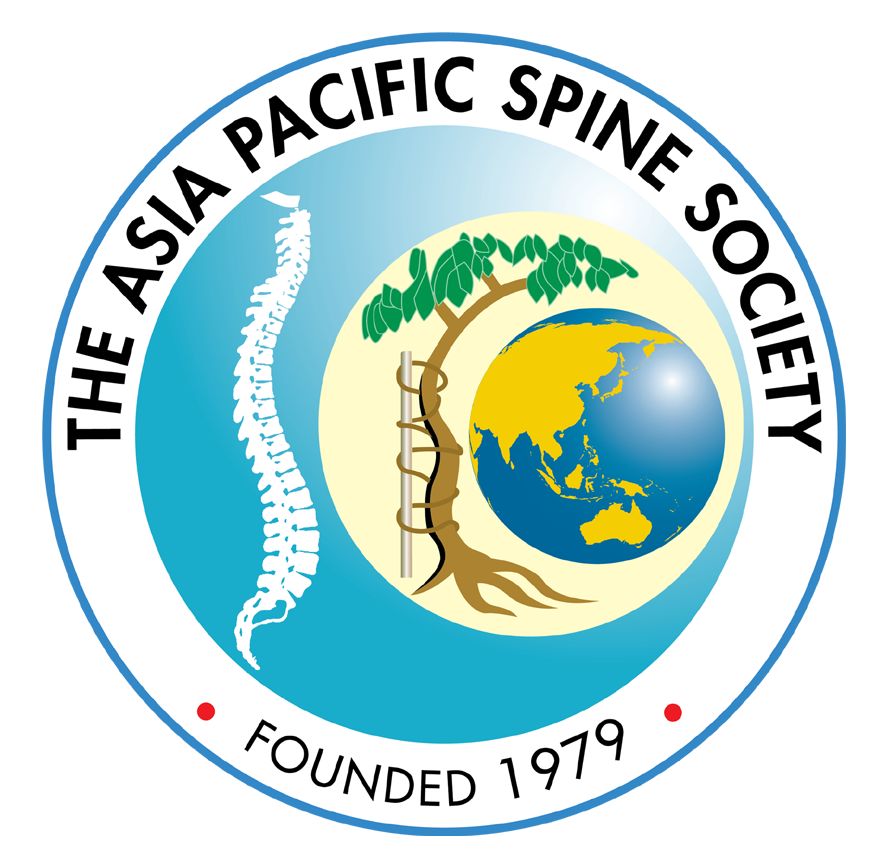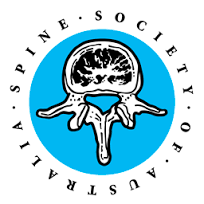Spondylolisthesis
Spondylolisthesis is where a bone in the spine (vertebra) moves out of its usual position, either backwards or forwards.
It is most common in the lower back but also occurs in the mid to upper back or neck.
Spondylolisthesis doesn’t always cause noticeable symptoms and often people can be unaware of the condition.
Symptoms can include:
- Lower back pain – usually worse during activity and when standing
- Numbness, pain or tingling from your lower back to your legs
- Stiff or tender back
- Tight hamstring muscles
Spondylolisthesis can be caused by any of the following:
- Birth and developmental defects in the vertebra
- Repetitive injury to the spine
- Arthritic or worn vertebra joints
- Sudden trauma to the spine
- Bone abnormality
Treatment
Treatment for spondylolisthesis depends on how severe the associated symptoms are.
Some measures for temporary symptom relief include:
- Rest and avoid certain activities and sports
- Painkillers – especially anti-inflammatories
- Physiotherapy
- Corticosteroid injections
Where non-surgical treatments are ineffective and your symptoms are severe and persistent, minimally invasive surgery may be recommended. The exact procedure you need will depend on the nature of your spondylolisthesis.
The procedure involves straightening out the misaligned vertebra and holding it in place using surgical spinal screws and rods.










